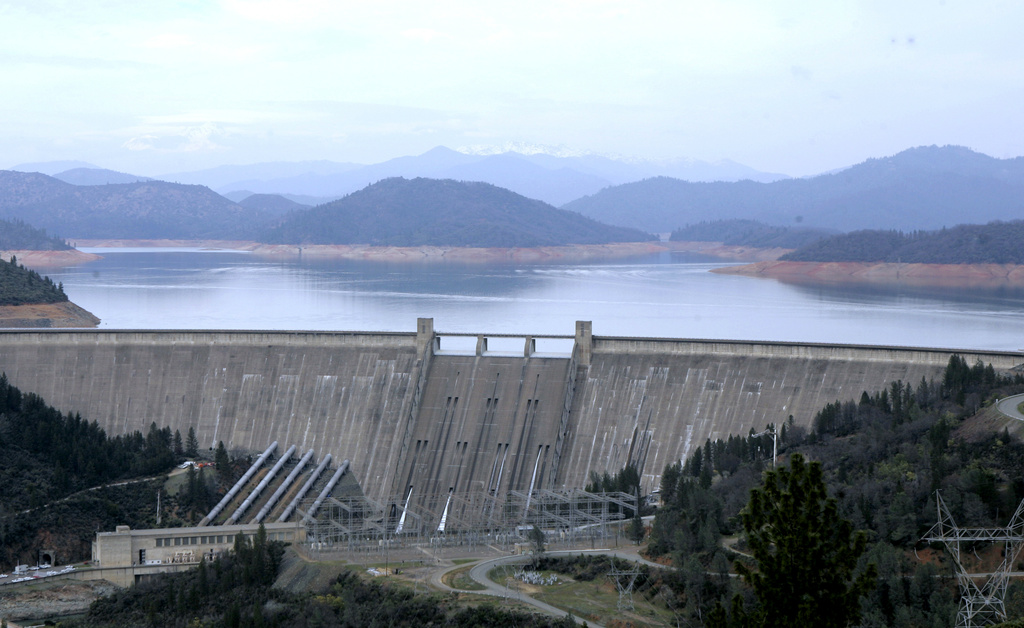There’s no issue more important to California than having a reliable supply of water, but the situation is increasingly uncertain from both immediate and long-term perspectives.
Federal and state water regulators recently told the state’s municipal water agencies and San Joaquin Valley farmers that they could count on getting just 15% of their contracted allocations this year because precipitation this winter in Northern California has fallen short of normal, despite storms that caused serious flooding in Southern California.
“Many expected the initial allocation to be higher,” Federico Barajas, executive director of the San Luis & Delta-Mendota Water Authority, which represents dozens of agencies that receive Central Valley Project water, told the San Francisco Chronicle. “This low initial allocation is particularly challenging for agricultural producers, who are reliant on these projections for planning crops to grow during the year and for acquiring the financing necessary to support food production.”
However, as reservoir managers were issuing that grim projection, they were also drawing down reservoir levels, which had soared from last winter’s heavy storms, to create space for anticipated runoffs later in the spring.
On Monday, the Sacramento River was running high and fast, nearly 70,000 cubic feet a second, thanks to elevated releases from Shasta and Oroville reservoirs, both of which still contain well over 100% of their usual amounts of water at this time of year.
The anomaly of sending so much water downstream while warning municipal and agricultural users of low allocations frames the ever-increasing difficulty – bordering on impossibility — of water management in an era of climatic volatility.
California has historically received most of its precipitation during a few winter months while the remainder of the year is dry. It’s why federal, state local agencies have constructed dozens of dams and reservoirs to collect water when it is available for delivery to users during drier periods.
However, the peaks of precipitation appear to be getting higher — witness this year’s near-hurricanes in Southern California — and the periods of drought seem to be becoming longer due to climate change. They upset the models that water managers have traditionally used to decide when to boost reservoir storage and when to increase releases.
Another big storm is expected later this week, and it could dump enough snow in the Sierra to bring the snowpack up to normal levels and eventually increase allocations to water users, but that’s speculation. Meanwhile, with the spring planting season approaching, farmers must guess how much water they will have to irrigate their crops.
Related Articles
Biggest storm of the year to bring up to 10 feet of snow to Sierra this week
What does California’s rainy season mean for water supply?
Bay Area rainfall chart: Totals from the weekend’s storms
A device being tested in Southern California is like Roomba for cleaning the water
Before and after: Sierra Nevada snowpack expands steadily over past month
As precipitation becomes more erratic — and is likely to be more rain and less snow — California should be increasing its water storage capacity to regain control, and there are some steps in that direction. One is speeding up construction of the Sites reservoir on the west side of the Sacramento Valley, which would absorb some high flows on the Sacramento River for later release during dry periods.
However, we need more storage options, both surface and underground, and we need to resolve some knotty issues, such as the decades-long controversy over a tunnel or some other conveyance to bypass the Sacramento-San Joaquin Delta so that more Sacramento River water can be sent southward for use or storage.
That project, meanwhile, is politically tied to efforts by the state to either persuade farmers on the San Joaquin River to reduce their diversions so that more water can flow through the Delta to enhance wildlife habitat, or force reductions by issuing new water quality standards for the Delta.
As the supply picture becomes less certain, California cannot afford more decades of gridlock and squabbling.
Dan Walters is a CalMatters columnist.


